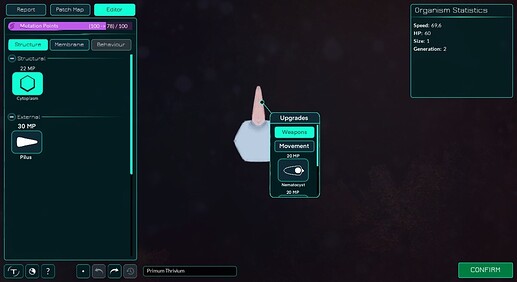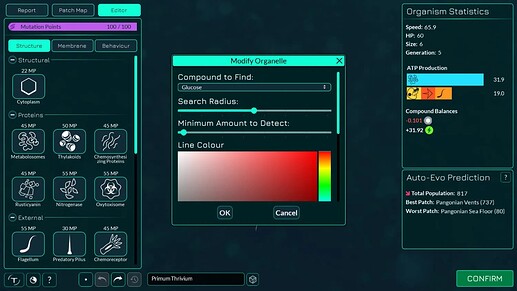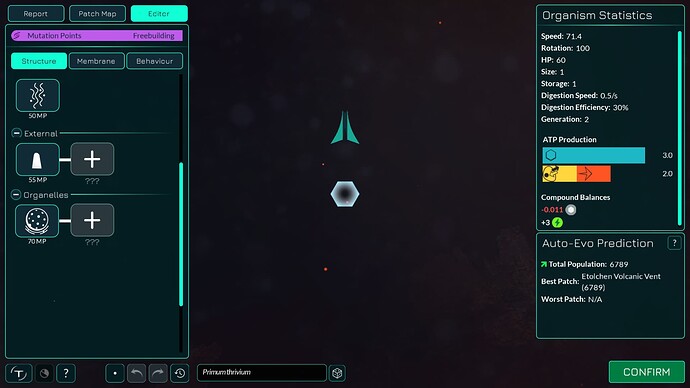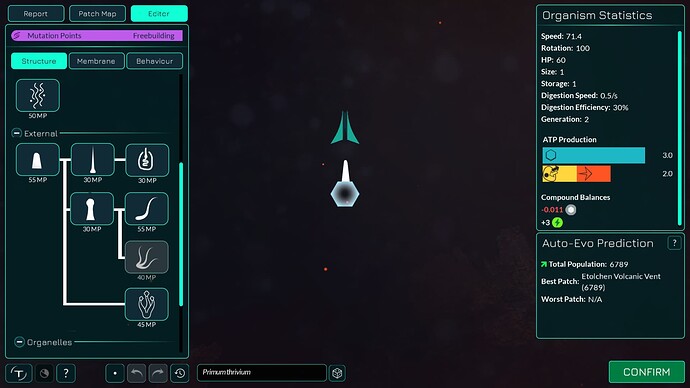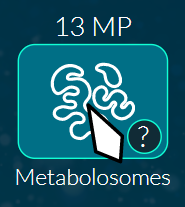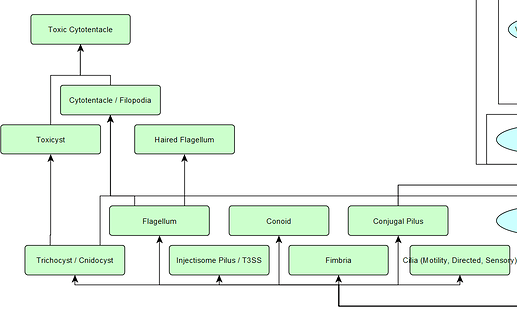Since we last posted in this thread, a lot of progress has been made on the Discord regarding the organelle upgrades discussion. It seems that an agreement is forming that many external organelles, including the (predatory) pilus, nematocysts and flagellae will only be obtainable by first evolving a some sort of short, blunt basal pilus and then upgrading it.
I see the potential of this, but we should be careful how to visually convey these upgrades. First, Nick and Deus sketched out an upgrade pop-up for various combat related pili:
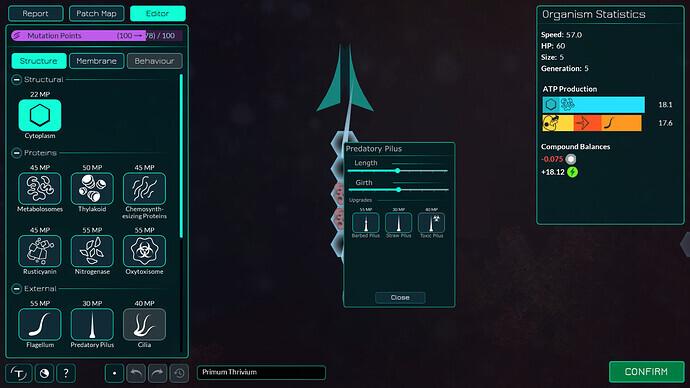
Then, when the consensus moved towards having both motile and combat-related external organelles evolve from a basal pilus, Rosae sketched out this:
All in all I support this development. It tackles the problem of analysis paralysis for new players which hh alluded to earlier in this thread.
However, I believe that we shouldn’t put organelle icons in these upgrade windows. That’s what the organelles tab on the left is for. I propose that we reserve the pop-ups are for sliders and such things, as this makes the whole interface more orderly. The existing pop-ups of the chemoreceptor and lysosome have layed out this distinction and I propose that we stick to it:
Instead, as Nick suggested, we should follow The Saplings lead and integrate these organelle “tech/perk trees” into the organelle tab:
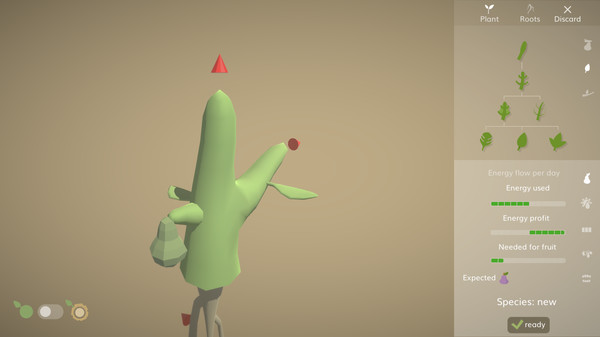
I don’t like that these organ trees are centered in The Saplings editor, I believe that ours should be
flush left and should follow the established grid pattern of of our organelle icon frames. Our organelle trees should be retracted by default, so the player sees as few organelles as possible when they first enter the editor.
Sorry for this rather long and didactic post. I hope that it at least make sense. I will try to sketch this organelle tree out to assess its viability.
